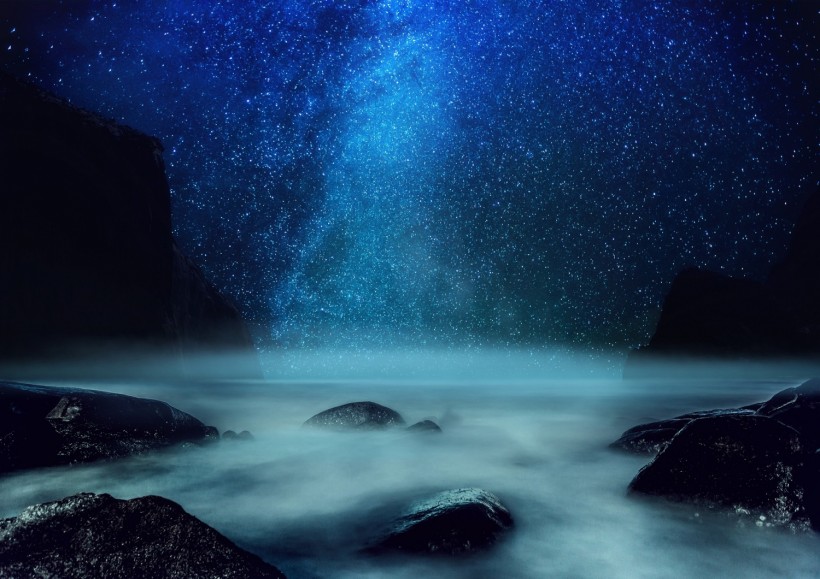Even on nights when the moon was nowhere to be found in the skies, the Northwest Indian Ocean and Indonesia shone on their own after radiating a "milky glow." But how was this possible?
Hundreds of sailors have seen this event, but only one research ship has ever, completely by accident, discovered this bioluminescent phenomenon known as milky seas.

Samples from that vessel revealed that the bacteria V. harveyi, which had colonized the microalgae Phaocystis, was the source of the light. However, that was in 1988, and scientists today are yet to confirm this discovery if such an event happened once again.
But because of advancements in imaging technology over the years, Stephen Miller, a professor of atmospheric science, published a list of potential milky seas from 2012 to 2021 last year. One of these occurrences was south of Java, Indonesia, in the summer of 2019.
What happened next?
Spotting The Milky Seas
Despite the massive size of milky seas, which is more than 100,000 square kilometers as shown in the 2019 sighting-this bioluminescence is still only moderately intense, according to Ars Technica.
In contrast, the more well-known marine plankton (dinoflagellates) sea sparkle is ten times more intense, but this is still challenging to spot.
Researchers like Miller and his colleagues had to wait for the Day/Light Band to be installed on the newest generation of National Oceanic and Atmospheric Administration (NOAA) environmental satellites to observe milky seas via satellite.
Ars Technica said that this low-light imager has a sensitivity that allows it to record light that is 10,000 times weaker than moonlight and roughly 1 billion times weaker than sunlight.
These satellites allowed Miller to search through 10 years' worth of satellite data, and between 2012 and 2021, he discovered 12 possible milky seas.
This information revealed that the events could last for several days or weeks and frequently occurred in conjunction with local monsoons and algal blooms.
Miller's observations were made from a height of more than 800 km in the sky until the Ganesha crew came around to discover something unexpected.
Read also: Scientists Discover 1.9 Million Plastic Pieces On Ocean Floor
An Unexpected Encounter
The Ganesha crew woke up in the middle of the night only to find that the sea had turned milky white even without the moon's presence. They said that the encounter was like "sailing on snow."
They noted that the glow continued as far as they could see and made a comparison to glow-in-the-dark stickers for effect. The light went out when they stirred some of the water they had collected, which is the opposite of how dinoflagellates behave.
Ars Technica said there are currently two main theories about how these bacterial communities are formed; one postulates a slick of bacteria on the water's surface, and the other is a large group that extends deeper into the water column.
The Ganesha accounts are some of the earliest to offer proof for the latter, even speculating that the bacteria may be present up to 10 meters beneath the surface!
According to scientists, quorum sensing, a type of biological signaling that enables bacteria to gauge how numerous and concentrated members of their species are in an area, causes bioluminescence.
In this situation, the bacteria might not glow until they are sufficiently concentrated. Researchers calculated that there were 100 billion trillion bacterial cells involved in the Java sighting!
Reveal More Secrets
Miller discovered that the Ganesha did not even pass through the area of the particular milky sea that was the brightest lit when he compared its course to the satellite data.
The intensity was five times higher than what the crew had seen when they were two hundred kilometers to the north.
Ars Technica said that considering all available data, it appears that milky seas can occasionally last long enough to allow for planning a research expedition to reveal more secrets about this phenomenon!
Related Article: Underwater Volcano in the Pacific Spews Smoke, Ash, and Shark Fragments
This article is owned by Tech Times
Written by Joaquin Victor Tacla





